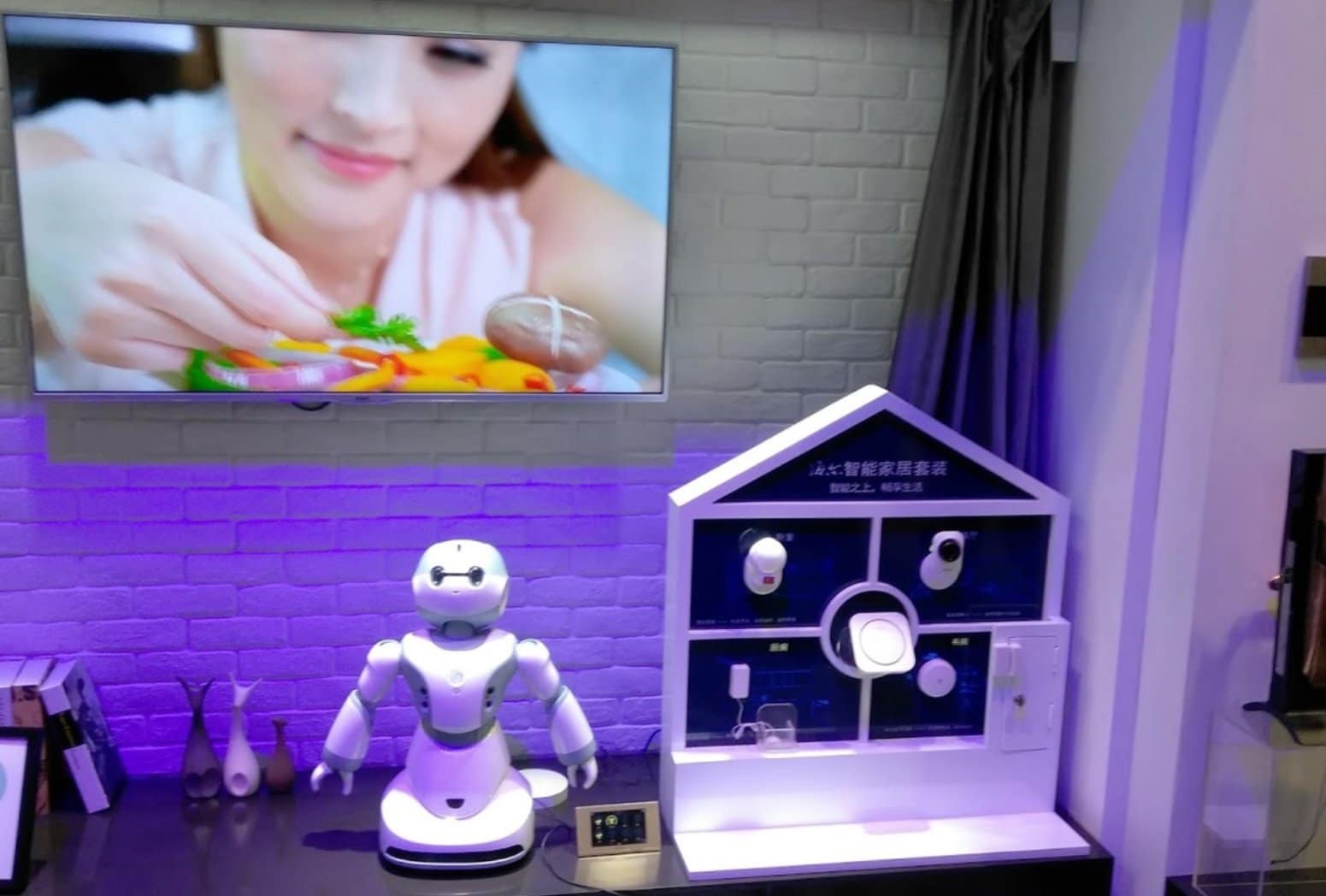79% Of U.S. Consumers Already Own A Smart Home Device
The slow burn of the consumer-facing Internet of Things might be about to start a full blown conflagration.
A survey of 1,000 people by Internet of Things technical services provider PlumChoice said that an overwhelming majority not only knew what a smart device was but also already owned connected devices. According to PlumChoice’s 2016 IoT Adoption Benchmark Report, 97% of people said they were aware of smart devices, with 79% owning at least one smart gadget.
Consumer adoption of the Internet of Things took a “quantum leap forward” in the last 12 months, the authors of the report said. On a global level, around 80 million smart home devices were delivered to consumers in 2016, according to market research cited by PlumChoice—a year-on-year increase of 64%.
“Last year was a pivotal year for the smart home industry, with the number of people who own a smart device increasing by a staggering 259 percent,”said PlumChoice’s vice president of IoT Noelani McGadden, in a press release. “As smart home device adoption continues to grow, brands must cater to consumers who are expecting support services as part of their purchase, and at the very least provide installation support.”
Life Is Easier With The Internet Of Things
As you might expect from a study co-sponsored by an Internet of Things technical support provider and a global consortium of connected device companies—the Z-Wave Alliance—the focus is firmly on how consumers can benefit from integrating smart devices into their lives.
Smart devices are no longer just nice to have but are providing value to device owners, thanks to an increased awareness of what devices do. In 2015, 78% of people surveyed by PlumChoice said that they did not own a connected device. Just over 12 months later that number has shrunk to 19%.
Smart devices can make lives easier, are convenient, increase entertainment options and make people feel safer, the report said. An easier life was the most popular option—71% of people cited this as the reason for owning a device in the first place. People also cited energy efficiency, smart home control and “fun” as reasons to invest in smart devices.
With that in mind, the most popular devices were (no surprises here) smart TVs, fitness bands, smart cameras and smart watches.
Although consumer awareness of connected devices was almost 100%, actual adoption rates remain relatively low. Smart TV’s, for example had a 39% product adoption rate while fitness bands—arguably the poster-child of the connected device world—were owned by 22% of people. On the plus side, 67% of people own between one and six devices, with 16% owning more than 10 smart products.
The key to increased adoption is the potential for device interconnectivity.
Around 61% of people said that some of their devices worked with other products but a recurring problem in the Internet of Things is the ecosystem has a fragmented nature. The consensus is the increased awareness of devices such as the Amazon Echo or Google Home will act as a catalyst towards a more consolidated ecosystem in the near future.
Irrespective of its fragmented state, the report said that 91% of people who already own a connected device would buy another smart product within the next two years. In 2015, the number of people who said that they planned to make a smart device purchase by 2017 was 26%. This number doubled in 2016 to 52%, which indicates that people are more comfortable with at least the concept of the Internet of Things.
Device ownership is also reliant on two factors—age and home ownership. Most smart device owners are under 45, although 60% of people aged over 55 said they owned at least one smart product. Around 86% of renters said that they owned smart devices, compared to 75% of people who owned their own homes. Younger people are less likely to own a property but the expectation is that they see smart homes as a way to both reduce costs and simplify their connected lives.
Consumer IoT Hesitation Is Still High
Not everything in the Internet of Things garden was rosy. Although 37% of people said that they had no qualms about buying a smart device, the current ecosystem was a barrier to adoption. The number of available products or solutions is not likely to diminish, which means that smart home solutions must demonstrate tangible or specific benefits, the report said.
As to why people are hesitant to dive into the Internet of Things, the usual suspects were present. Devices were too expensive, didn’t offer value and not secure. People often didn’t know what to buy or were confused by the variety of choices available.
The fact that consumers are holding off on integrating smart devices into their daily lives because they are “confused” is a hurdle that needs to be cleared, the report said. To alleviate the confusion, brands need to not only educate the need to educate the potential customer but also ensure that the connected experience is seamless from day one.
“Smart home devices promise to make consumers’ lives better in virtually every way imaginable,” the report said. “This includes everything from making our homes more energy efficient, to helping us meet our health and fitness goals, to accessing the Internet and video content whenever we want it. For these smart home devices to deliver on this promise, they need to meet consumers’ expectations for seamless user experiences that provide a tangible benefit or enjoyment.”
Create Connected Home Devices That Users Love
In this ebook, learn what it takes to create and test great smart home apps, reduce user concerns around security and ensure interoperability with other devices.




